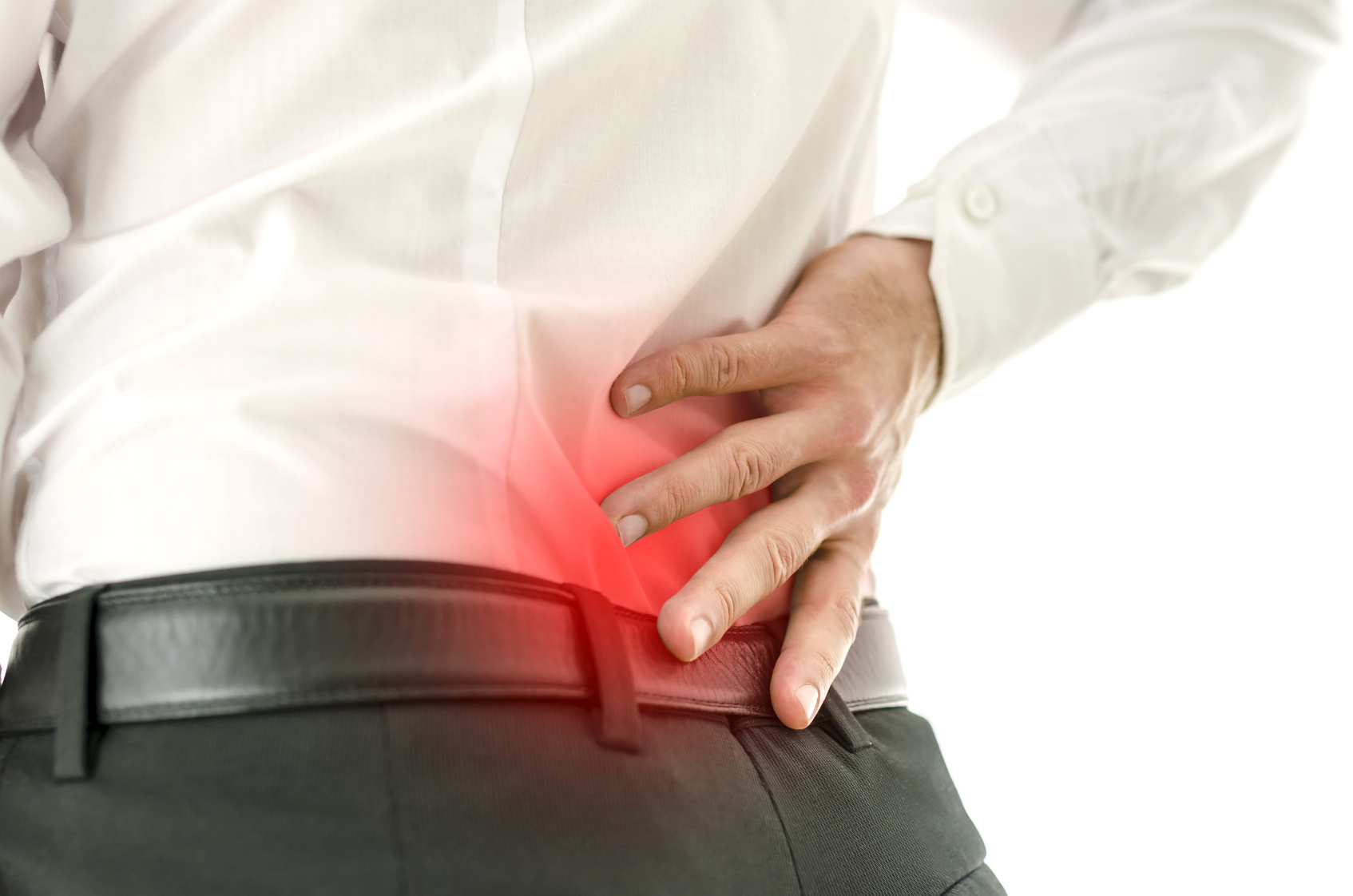According to WebMD, spinal stenosis is defined as “the narrowing of spaces in the spine (backbone) which causes pressure on the spinal cord and nerves.” The most common sites of the condition are the lower back and neck, says the Mayo Clinic. In fact, WebMD notes that three out of every four spinal stenosis patients experience lower back pain (LBP). In more than half of patients, the root nerve is impinged, leading to discomfort in the legs.
Let’s look at causes, symptoms, and treatment, as provided by WebMD:
Causes – why does it occur?
- The aging process – Factors such as ligament thickening, spur development, facet joint degradation, and disc wear-and-tear are all common to the aging process and can lead to spinal narrowing.
- Arthritis – Osteoarthritis and rheumatoid arthritis can both contribute to spinal deterioration.
- Genetics – Symptoms of the condition can appear in young people born with narrow spinal canals.
- Poor stability – “When one vertebra slips forward on another,” WebMD explains, “that can narrow the spinal canal.”
- Tumors – An irregular development of soft tissue can enter the canal and/or cause it to swell. Tumors can result in osseous resorption, in which bones shrink in response to excessive activity by some of its cells.
- Injuries – Many people suffer serious accidents while driving, playing contact sports, or working labor-intensive jobs. No matter how you get hurt, these injuries can result in spinal dislocation. They can also generate burst fractures, in which shards of bone invade the canal.
Symptoms – how can you recognize it?
- Lower back pain and leg pain
- Inability to stand upright or stay balanced
- Discomfort from ordinary day-to-day movement
- Numbness or unusual feelings of warmth or coolness in the lower extremities.
Treatment – how can you heal or manage it?
- Postural adjustments – Patients sometimes alleviate their back pain by tilting slightly forward as they walk. Also for immediate relief, you can lie down and bring your knees to your chest. Both of those positions increase the amount of space within the canal.
- Rest – Simply take a break to reduce pain; then gradually resume activity. Following rest, many physicians advise cardiovascular exercise such as swimming or biking if patients’ symptoms are not severe.
- Medication – Medication can also allow quick relief of inflammation. However, no one wants to rely on long-term use of painkillers.
- Surgery – Surgery should be avoided since it is more dangerous than alternatives and can be ineffective, but sometimes it is the most reasonable option.
- Multidisciplinary therapies – Although WebMD does not discuss any of the exciting therapies offered by multidisciplinary pain management centers, you can see much better results with a customized full-spectrum approach (below).
Manifold progressive healthcare strategies
If you want to avoid drugs and risky operations for spinal stenosis, work with a multidisciplinary pain management practice. Offering treatments ranging from massage therapy to spinal adjustments to stem cell joint therapy to hyperbaric oxygen therapy, Weston Medical uses every safe and effective method available to help you heal. Get relief now!
Sources:
http://www.webmd.com/back-pain/guide/spinal-stenosis
http://www.mayoclinic.org/diseases-conditions/spinal-stenosis/basics/definition/con-20036105


